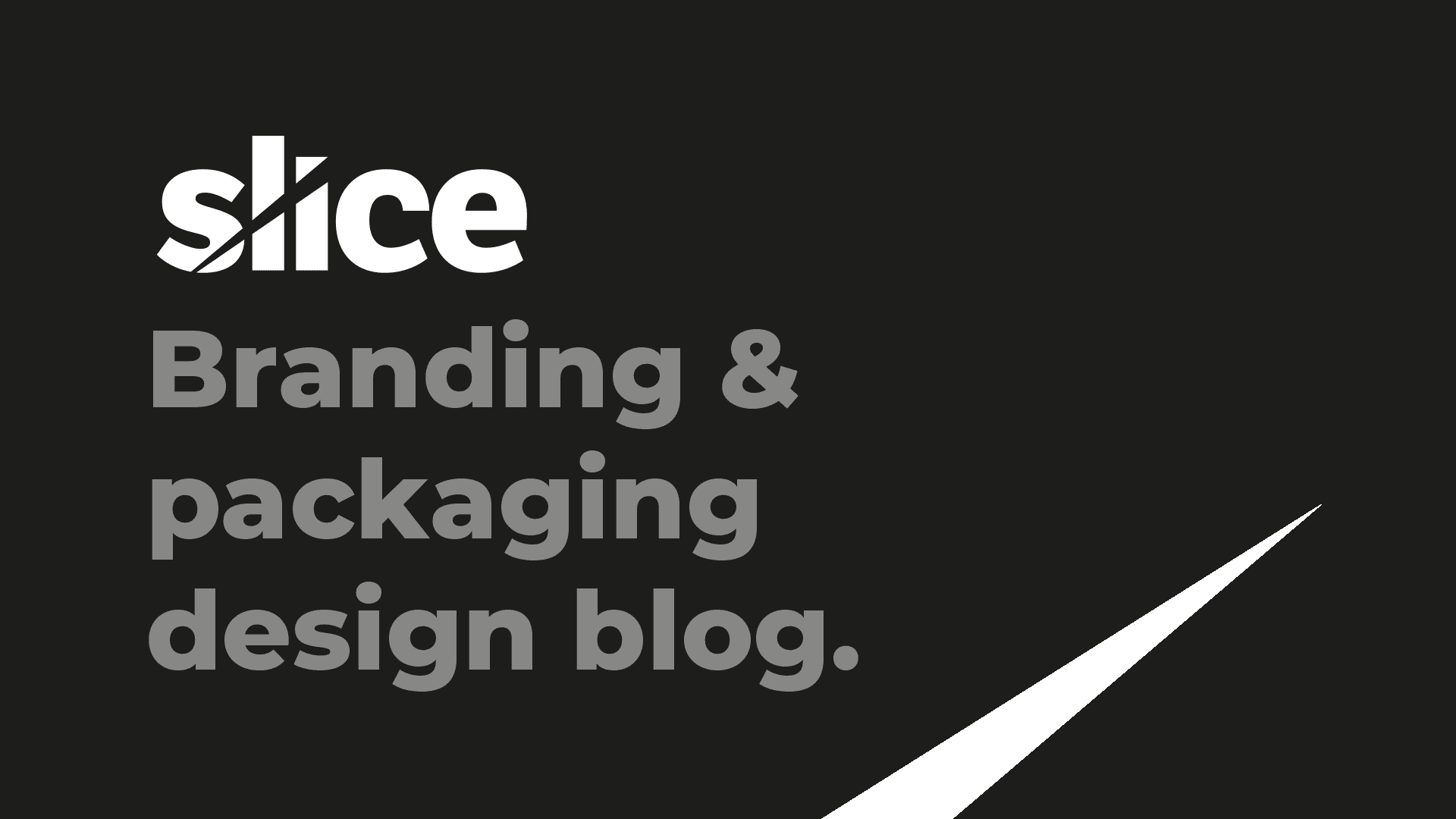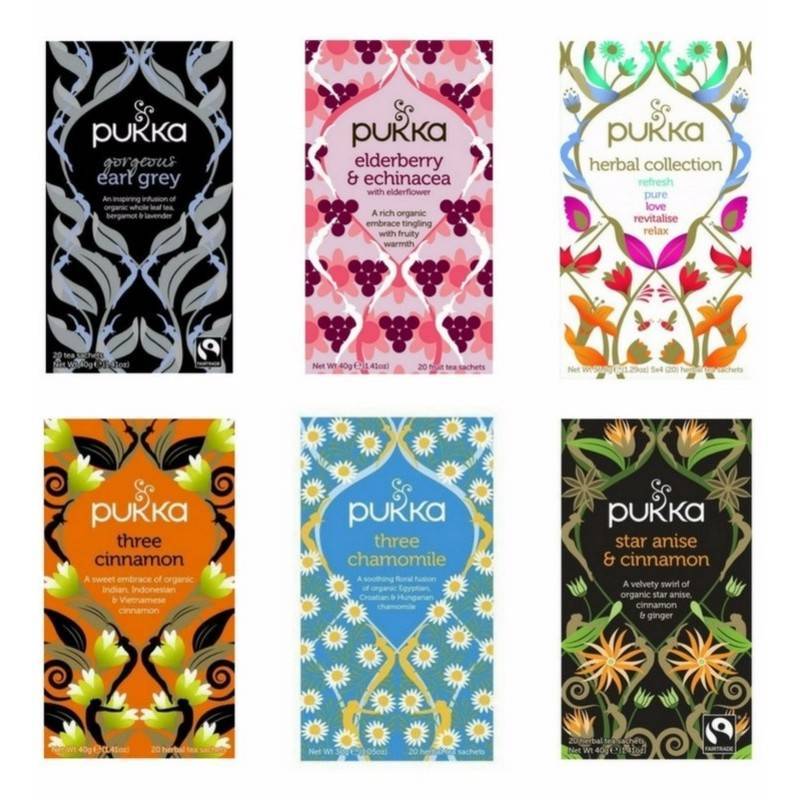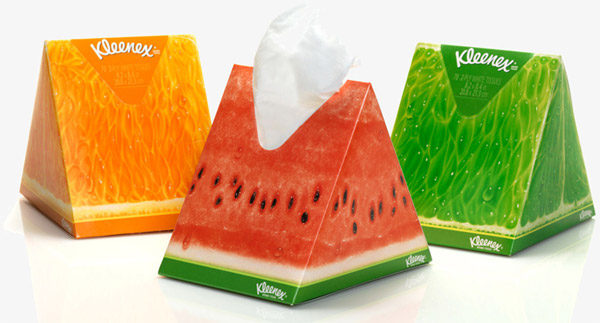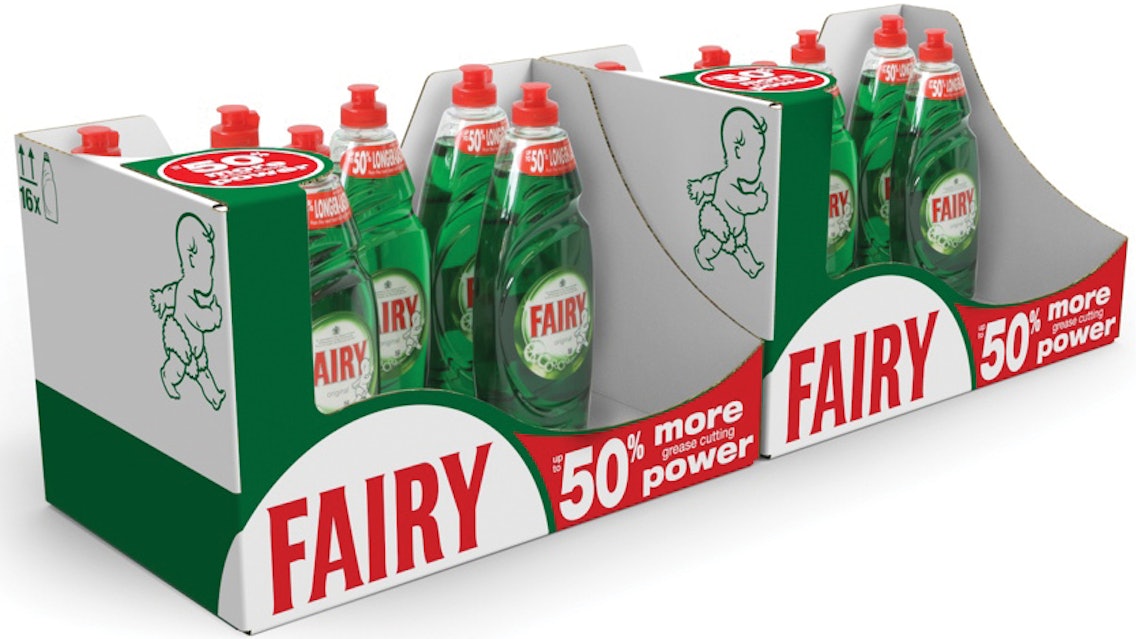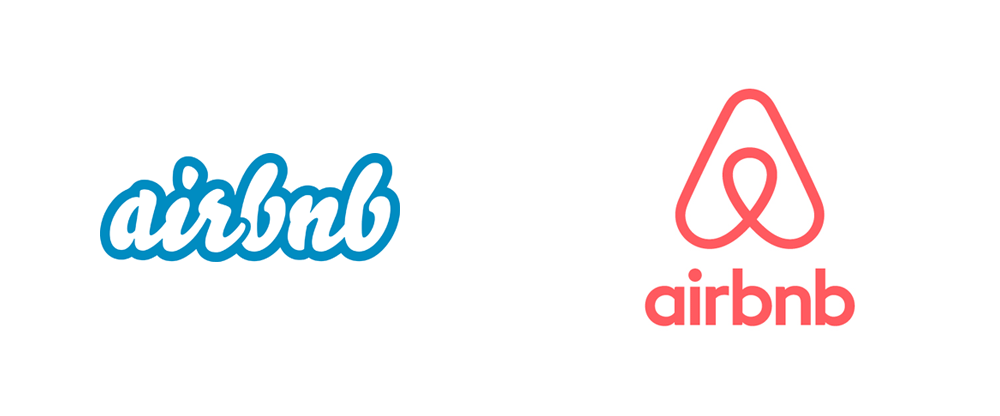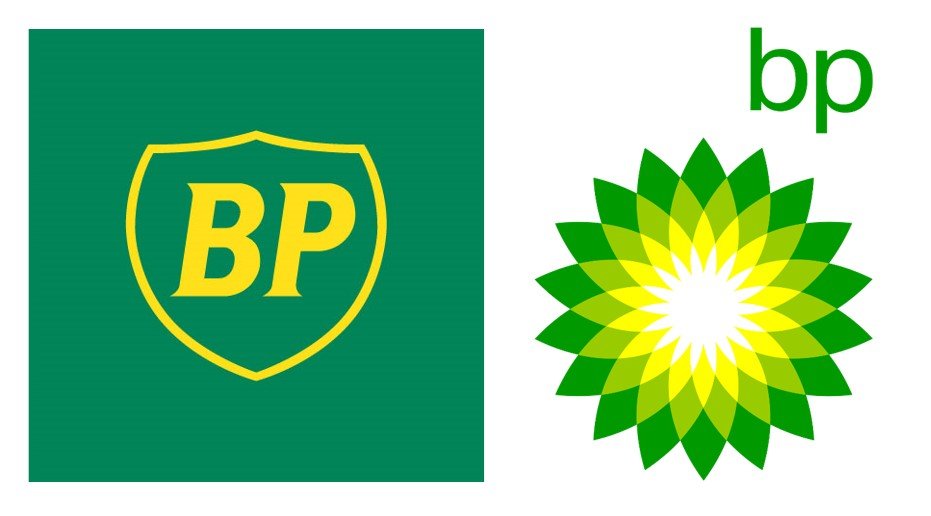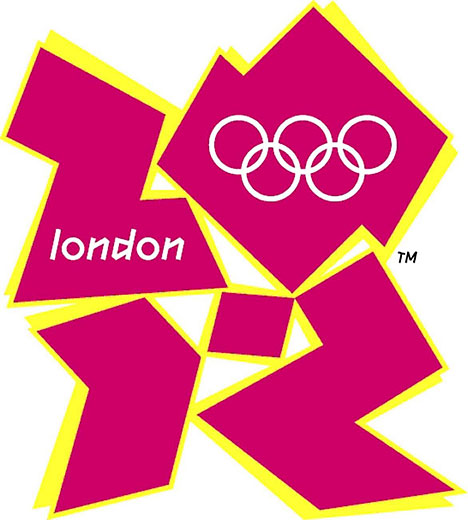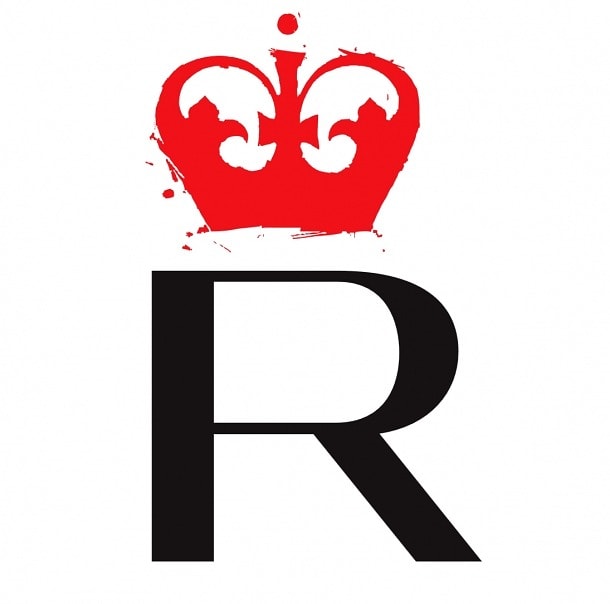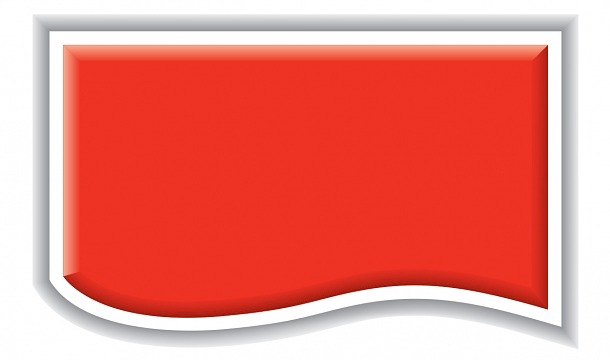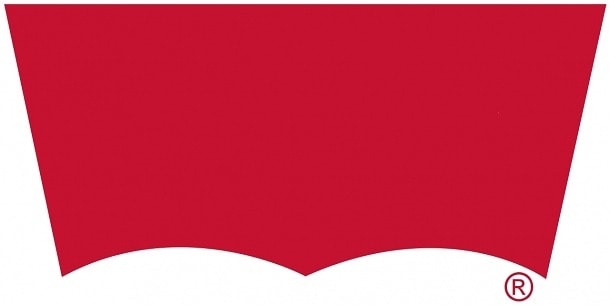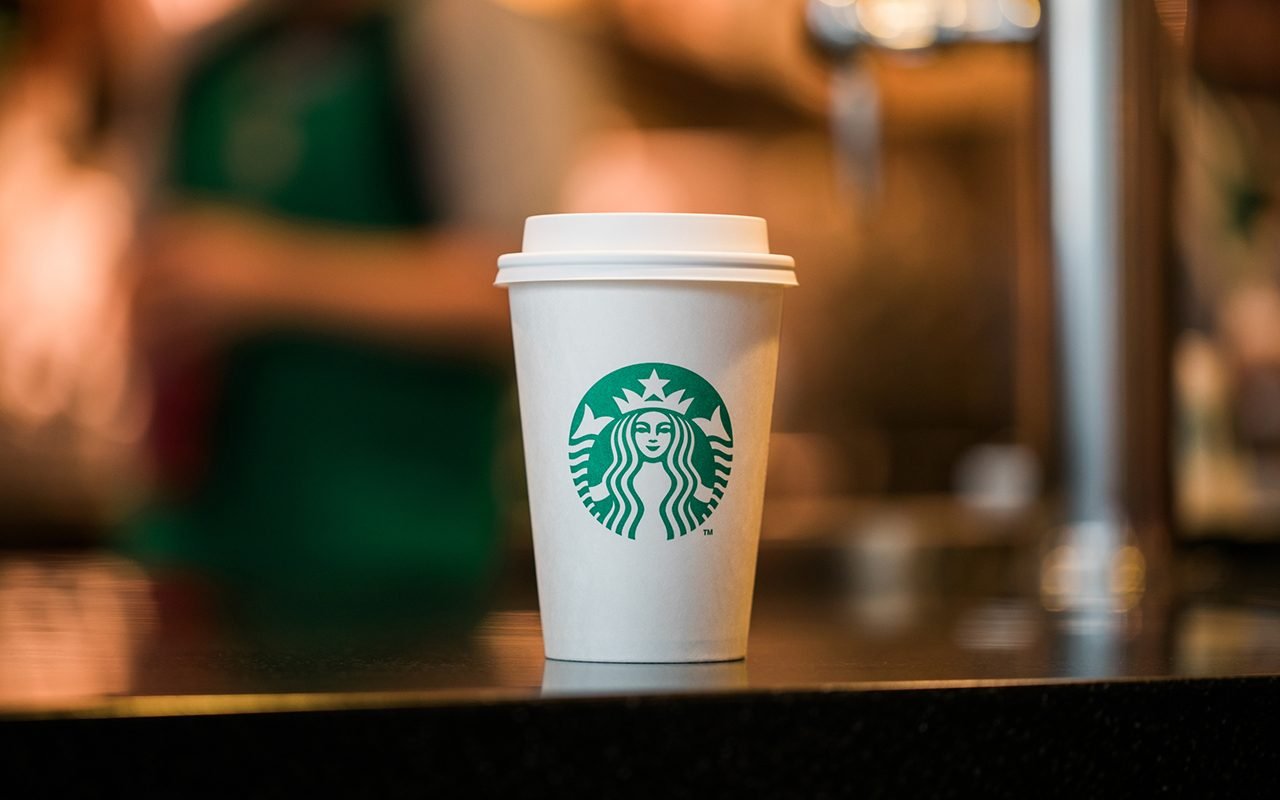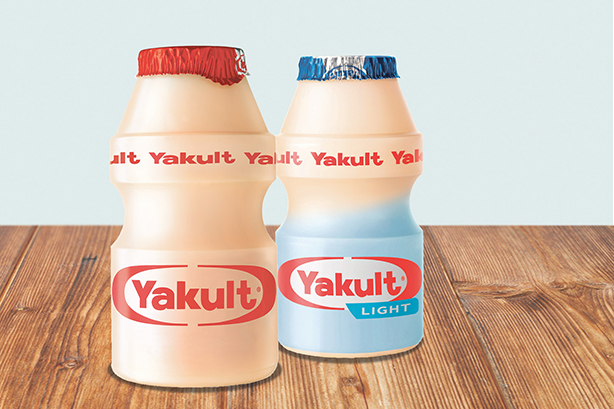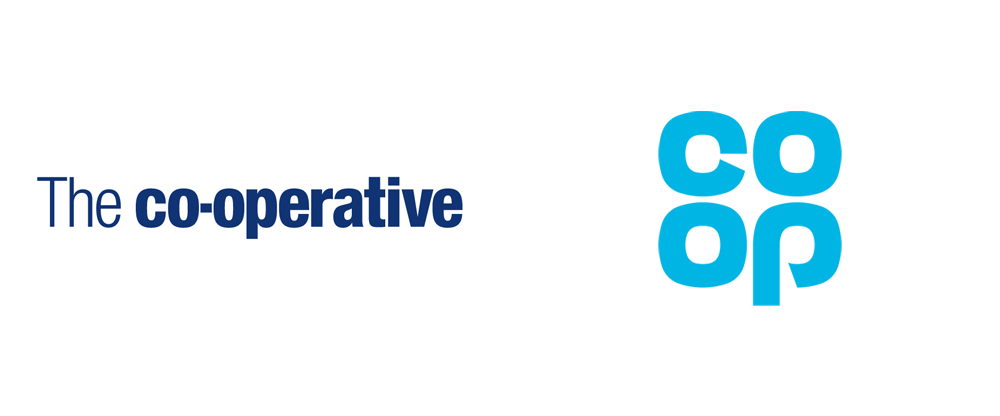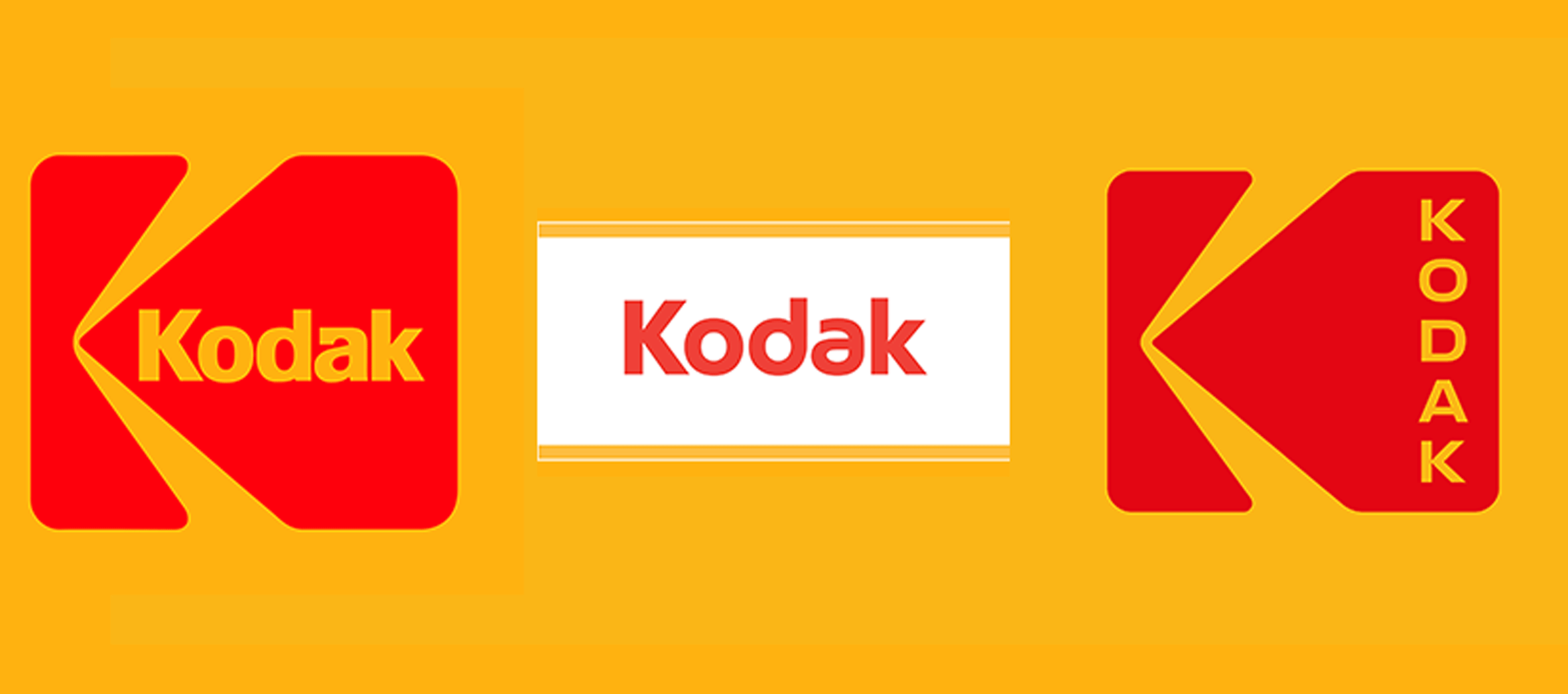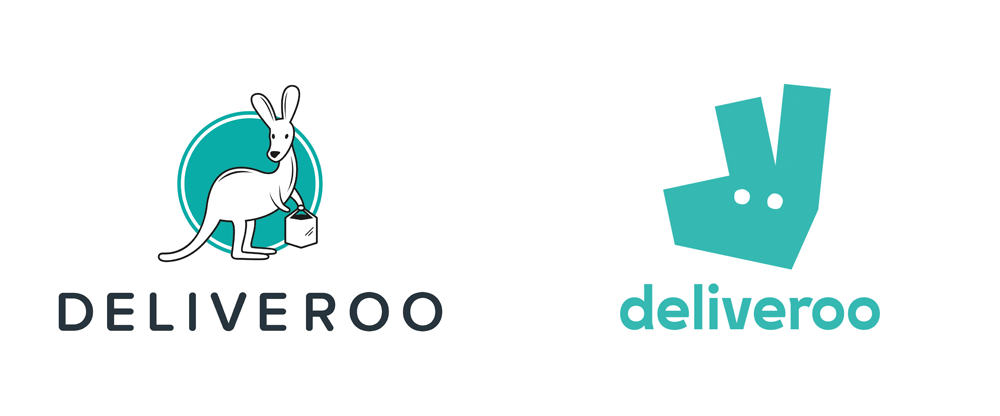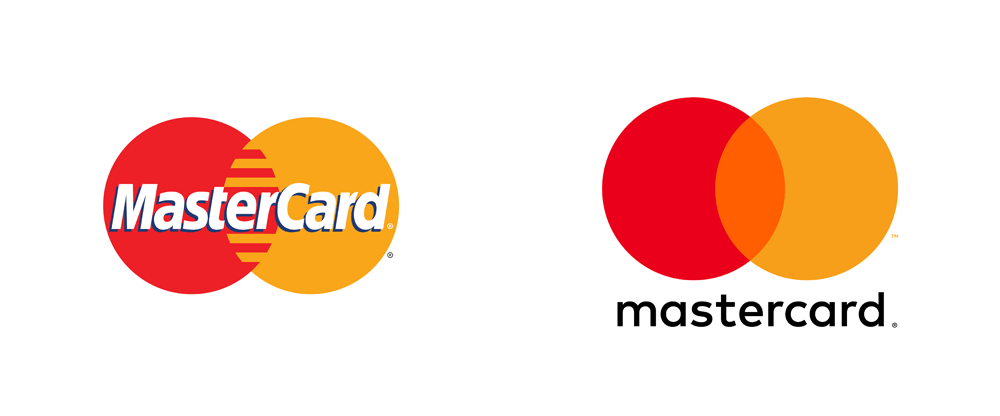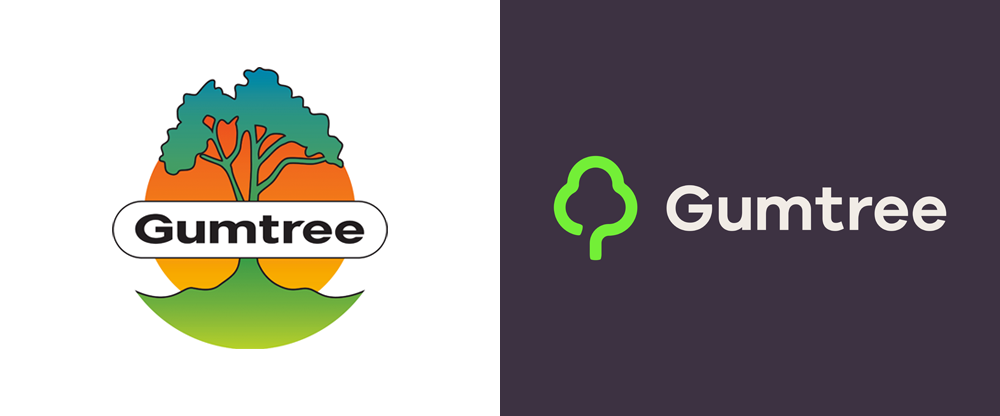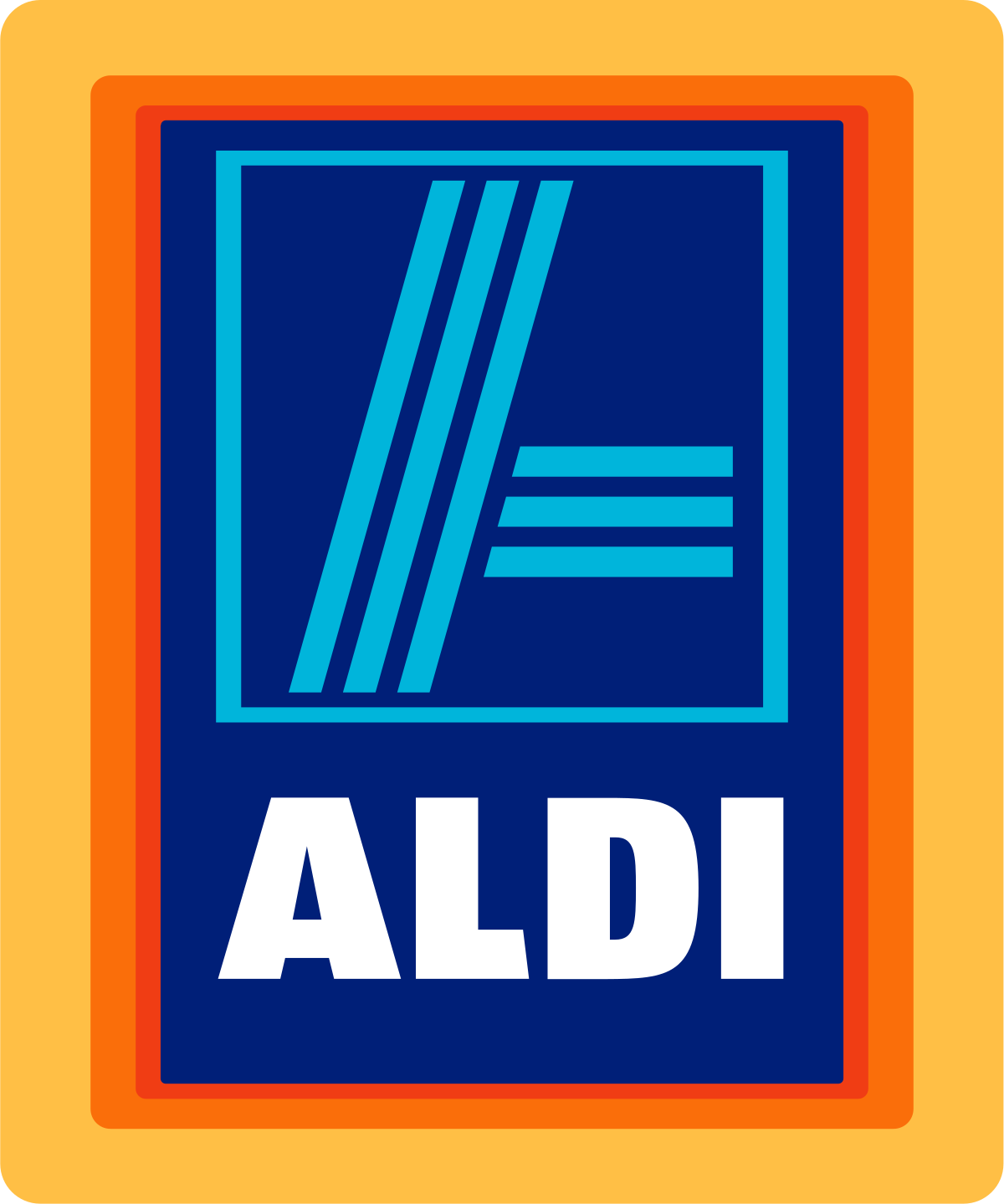Seasonal packaging – should you do it?
With Easter coming up, some brands will be releasing their Easter packaging. Whether this be limited edition products or existing stock in new packaging, this is a great opportunity to boost sales or reach a new consumer base if you are smart about it.
Below are the most common times that brands tend to use seasonal packaging:
- New year
- Valentine’s day
- Mother’s day
- Easter
- Father’s day
- Summer
- Halloween
- Christmas
- Major events e.g olympics
However, not all of these will be applicable to your brand. Understand which can tie in with your product/brand and improve sales, as opposed to just being an addition product that doesn’t fit in your range.
For example if you’re a chocolate company you are in a much easier position to produce Easter or Valentines seasonal packaging. If you are a sports drink brand, it’s a bit more difficult. Maybe Easter isn’t the best option for you – why not try new year? Target those gym bunnies and their new year’s resolutions.
The key with seasonal packaging is to plan in advance – don’t leave it till last minute with Easter two weeks away! Packaging can take months to complete and launch if you also consider printing. Set yourself a plan of holidays that you believe suit your brand and possible ideas to brief into an agency. Also, have a look at your competitors to understand if they are doing something similar. You obviously don’t want to recreate exactly what they are doing!
It is important to not take away from your brand with the new packaging. For example, don’t alter your packaging so much that no one can identify it. Try to keep your brand logo the same as this is integral to customer recognition. Do use additional colour and graphics that represents the relevant season, but don’t go overboard!
In 2011, Coke’s Arctic Home campaign saw the launch of a brand new white can for Christmas. However, the white and silver can confused their customers who said it looked too much like Diet Coke and actually led to diabetic customers accidentally drinking it. The famous red can was brought back just 1 month later..

You can have a lot of fun with seasonal packaging, turning it into a social media campaign or making the packaging interactive so it leads to the website, creates buzz around your brand and gets customers interested. For example at Easter, you could hide a small Easter egg on pack for people to find. Why not try doing personalised holiday packaging too. Nutella often do personalised named packaging in shops around London at Christmas for a perfect Nutella lovers gift. Get creative!
Seasonal packaging is also a great way to introduce new products into the market. If you have a new product that you think may not work too well, launching it for a few weeks as part of a seasonal campaign is a good way to test the waters. You can see how well it sells and gather people’s thoughts to understand if you should launch it long term. It may also be that it sells very well during the particular season and you know that every year you should launch that limited product at the same time to boost sales.
Be smart with your seasonal packaging. Could the packaging be of another use to consumers once they’ve consumed the product itself? For example in summer, could you give instructions on how to turn the packaging into a fan to cool you down? Or for Valentines, could the pack have a ready to cut out heart shape to give to your partner? Turn it into something collectable to really make an impact with customers.
Kleenex’s sales spike in winter due to the inevitable cold season. Obviously during the summer months, their sales take a dip. In an effort to change this, Kleenex released new watermelon summer packaging with the idea of bringing them to a picnic and to look nice in the home during the summer months. The result of this packaging was great; “Sales of the novelty box not cannibalising sales of standard Kleenex boxes and were close to 100% incrementally.” Not only did this new packaging mean Kleenex could still sell during summer, it also brought a whole new consumer base who needed tissues not just for the flu.
If you need any advice on seasonal packaging or think this could be right for your brand, give Slice a call on 020 8222 6999 or contact us here.
We are recognised as a Top Beer Logo Design Company on DesignRush
Seasonal packaging – should you do it? Read More »
